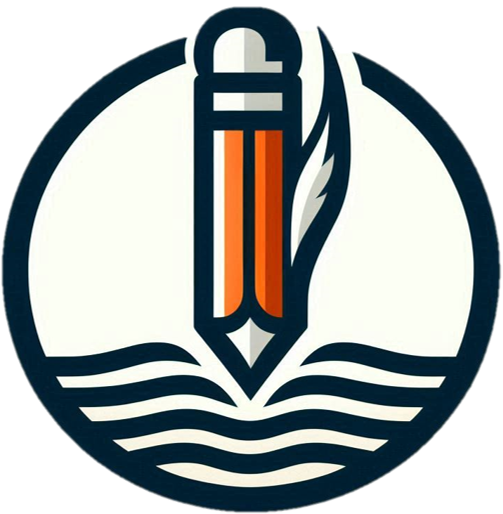As businesses expand globally, the need for multilingual technical documentation has become increasingly crucial. Technical writers are often faced with the daunting task of translating complex content into multiple languages. In this context, artificial intelligence (AI) is transforming how translation is handled by providing tools that automate the process, ensuring faster turnaround times and more accurate translations. This report explores how AI-driven translation tools are revolutionizing multilingual documentation, the available tools, and best practices for their implementation.
The Growing Need for Multilingual Documentation
Globalization has driven an ever-increasing demand for technical content in multiple languages. Whether it’s software manuals, user guides, or help documentation, companies need to ensure their content is accessible to a global audience. Traditional translation methods, while effective, are often time-consuming, expensive, and prone to human error (Being technical writer).
AI-Powered Translation: A Game Changer
AI-powered translation tools have revolutionized the way technical writers approach multilingual content. These tools use machine learning algorithms to translate large volumes of text quickly and with high accuracy. By learning from vast datasets of language pairs, AI tools have significantly improved their ability to understand context, meaning, and technical jargon (WritAPI).
Key AI Tools for Translation
Several AI-powered translation tools have emerged to address the growing need for multilingual documentation. Some of the most popular and effective tools include:
- DeepL Translator: DeepL is known for its high-quality translations, especially for technical content. It uses advanced neural network technology to provide more accurate translations compared to traditional machine translation tools. DeepL also offers features such as terminology management, which is crucial for maintaining consistency in technical documents (informiQ)(Being technical writer).
- Google Translate: While often seen as a general-purpose tool, Google Translate has evolved significantly in recent years. With its AI-powered translation engine, Google Translate now handles complex technical language better than before. It’s a useful tool for quick translations and offers support for over 100 languages (Content Gorilla).
- Microsoft Translator: Microsoft’s translation tool is integrated into several of its platforms, including Microsoft Office and Azure. It’s widely used for real-time translation, making it ideal for collaboration on multilingual documentation (informiQ).
Benefits of AI-Driven Translation for Technical Writing
- Speed and Efficiency
AI-powered translation tools can process large volumes of content much faster than human translators. This is particularly useful when documentation needs to be updated frequently, such as in the software industry (WritAPI). - Cost-Effectiveness
Traditional translation services can be expensive, especially for technical content requiring subject matter expertise. AI tools significantly reduce these costs by automating the bulk of the translation process (Being technical writer). - Consistency Across Languages
AI translation tools allow technical writers to maintain consistency in terminology and style across multiple languages. This is especially important in technical documentation, where accurate use of terminology is crucial for user comprehension (Content Gorilla)(informiQ). - Continuous Learning and Improvement
AI translation tools continuously improve their translation quality by learning from user feedback and updates. This means that over time, the translations become more accurate and better suited to the specific technical language of a company (WritAPI).
Best Practices for Implementing AI in Translation
To ensure the success of AI-powered translations, technical writers should follow these best practices:
- Pre-Translation Content Preparation: AI tools perform best when the source content is clear and concise. Before translating, writers should ensure that the original content is free from ambiguities and well-structured (Being technical writer).
- Post-Translation Review: Although AI tools are becoming increasingly accurate, a human review is still essential. Writers should always review the AI-generated translations to ensure the content is contextually accurate and appropriate for the target audience (informiQ)(WritAPI).
- Leverage Terminology Management: Many AI tools offer terminology management features, which allow users to maintain consistency in the use of technical terms across languages. Make sure to set up a glossary of terms and phrases specific to your industry to avoid discrepancies in translation (Content Gorilla)(informiQ).
- Train the AI with Specialized Data: If your company produces highly specialized content, it may be beneficial to train the AI translation tool using company-specific documentation. This can significantly improve the quality of the translations over time (Being technical writer).
Challenges and Limitations
While AI-driven translation tools offer many advantages, there are still challenges to consider:
- Contextual Understanding: AI tools may struggle with highly nuanced or culturally specific content. Human translators are better equipped to understand context and cultural nuances, making them necessary for final reviews (WritAPI).
- Technical Jargon: Although AI is improving in handling technical terms, it may still misinterpret industry-specific jargon. Terminology management tools can mitigate this issue, but human intervention is often needed to ensure accuracy (Being technical writer).
Conclusion
AI-powered translation tools have dramatically changed how technical writers approach multilingual documentation. By automating the translation process, these tools offer significant advantages in speed, cost, and consistency. Tools like DeepL, Google Translate, and Microsoft Translator are leading the way in this transformation, allowing businesses to scale their global documentation efforts more efficiently. However, human oversight remains crucial to ensure contextual accuracy and cultural relevance, making AI a powerful assistant but not a complete replacement for human translators (Being technical writer)(WritAPI).




0 Comments